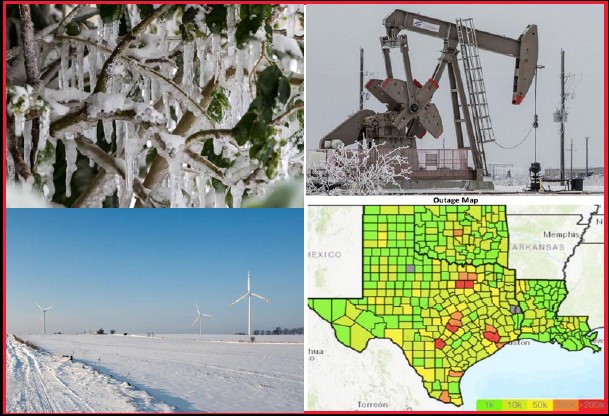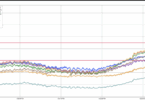ERCOT Balancing the System with Controlled Power Outages
A polar vortex pushed in the middle of February 2021 Arctic air from Canada all the way down to the Gulf of Mexico, bringing the season’s coldest weather to the central parts of the United States.

This created a perfect storm that exposed a lot of different issues with the electric power system of the state of Texas, leaving at a certain time about four and a half million customers without electricity and creating a large-scale emergency. The unusually cold weather for the whole state resulted in record winter power demand and impacted the power generation, including natural gas and wind facilities. The Electric Reliability Council of Texas (ERCOT) had to implement controlled power outages across portions of their systems to manage the unbalance between the increased load and reduced generation due to cold weather tripping units, natural gas supply shortages and wind power generation outages.
Initially some fossil fuel supporters were quick to blame the power outages to frozen wind turbines. However, it quickly became clear that the problems were mostly due to natural gas-powered generation. It is estimated that about 67 GW (about 80% of the grid’s capacity) could be generated by natural gas, coal and some nuclear power. Only 7% of ERCOT’s forecasted winter capacity, or 6 GW, was expected to come from various wind power sources across the state.
More than half of ERCOT’s winter generating capacity, largely powered by natural gas, was offline due to the storm.
Another major issue, that will probably be the topic of intensive discussions, is the fact that Texas’ electric power grid is independent from the rest of the United States’ grid, so it could not receive the needed support from the neighboring states.
Additional information can be found at:
DOE Situation Report (energy.gov)








